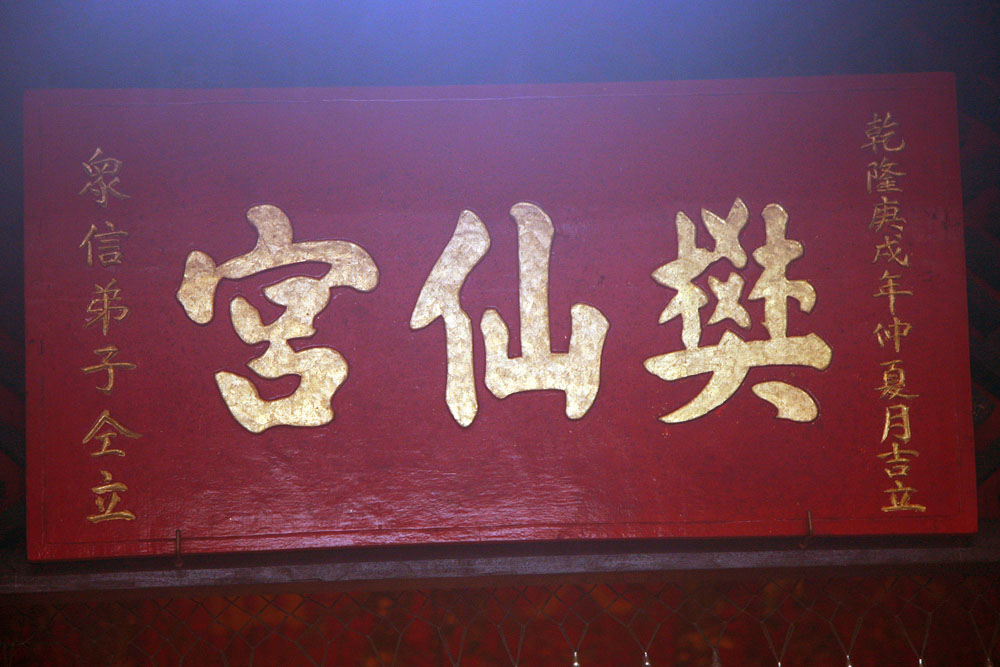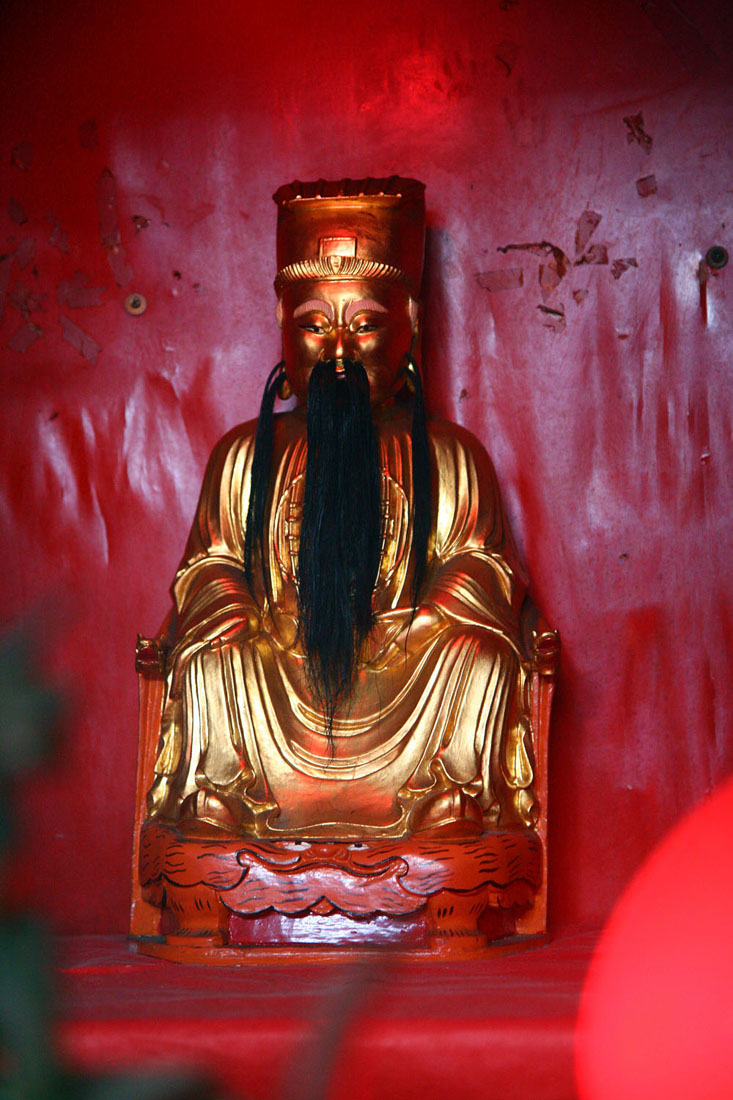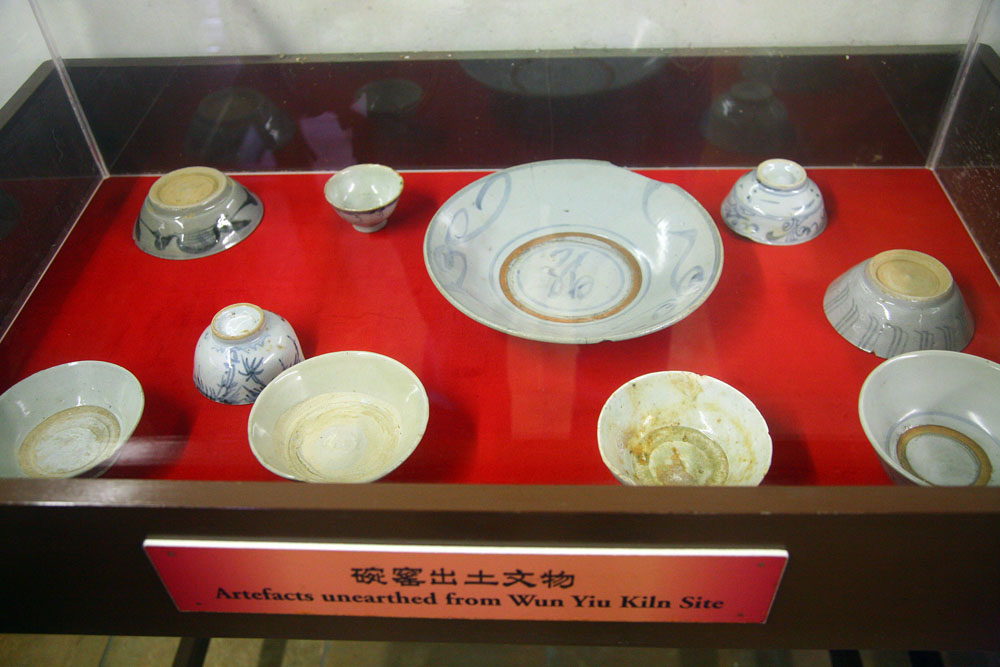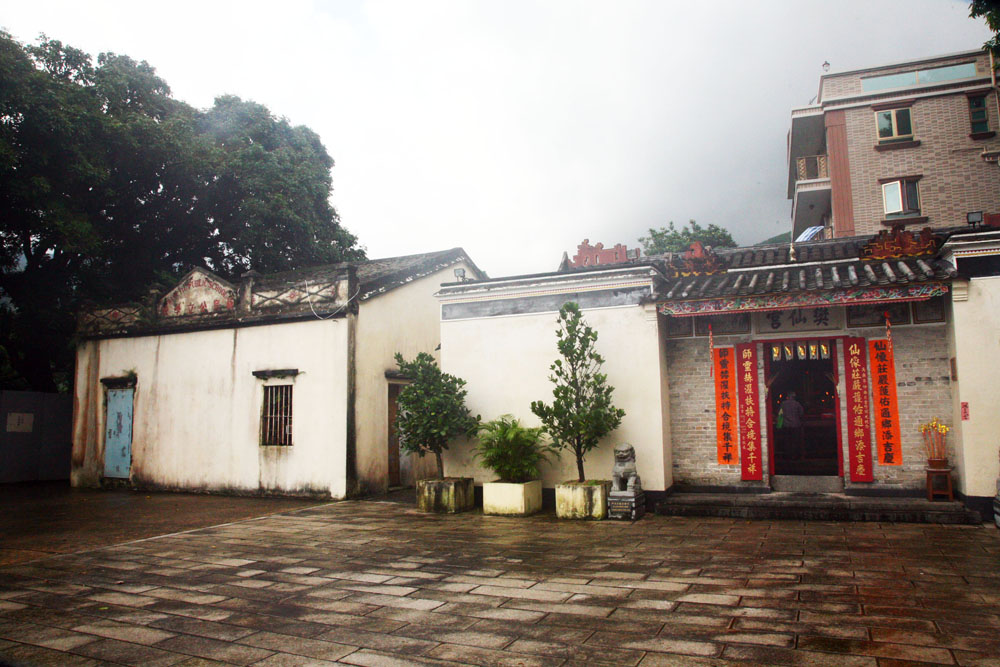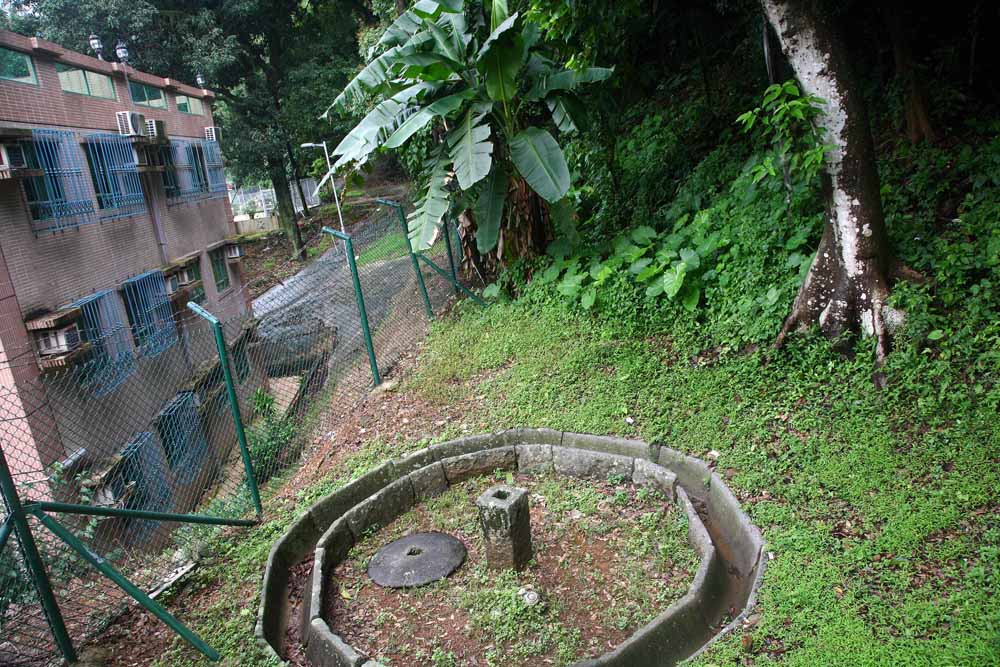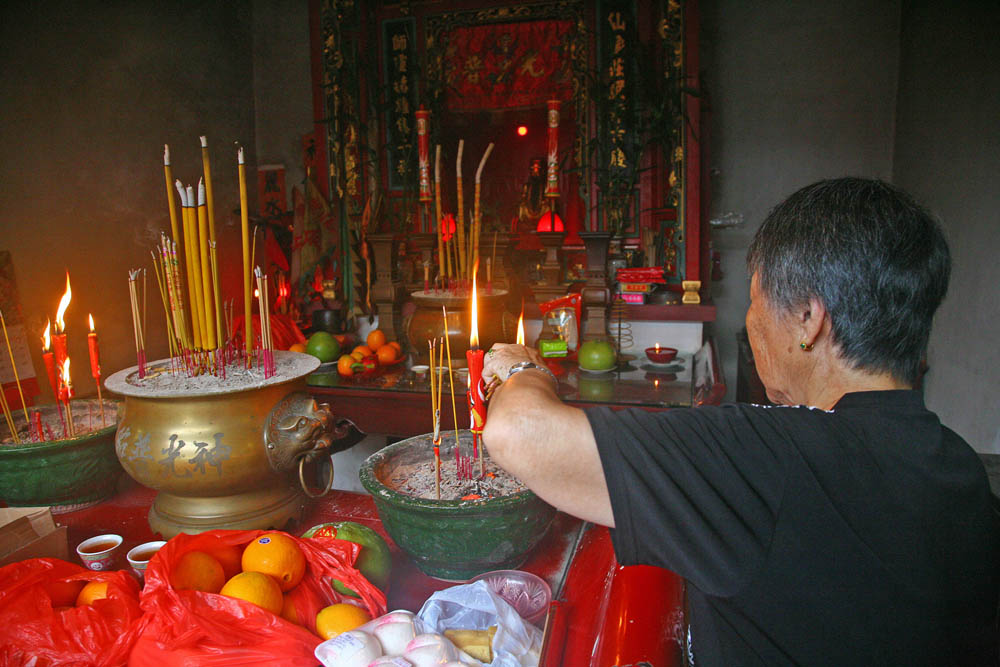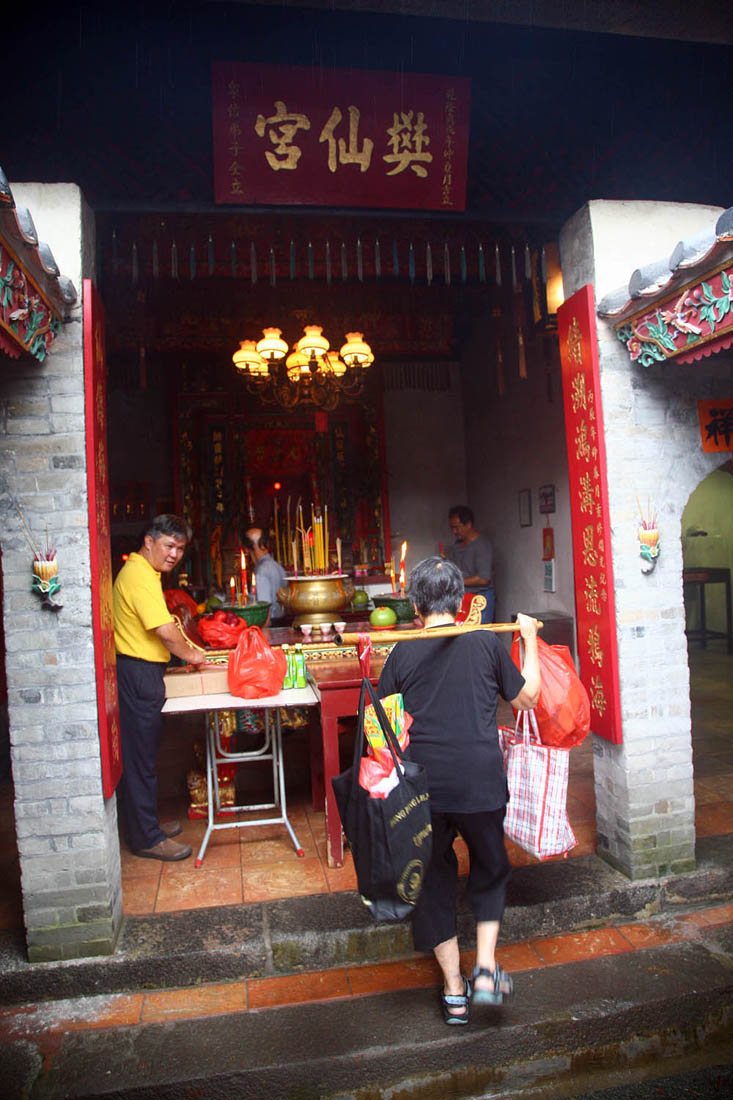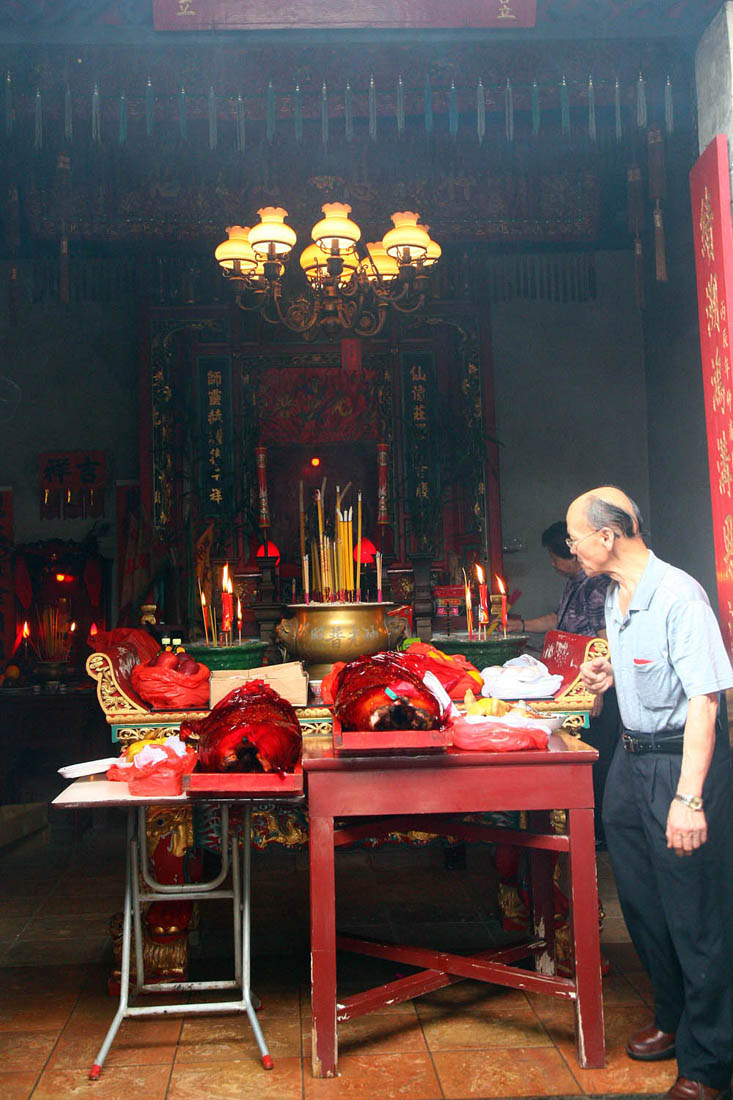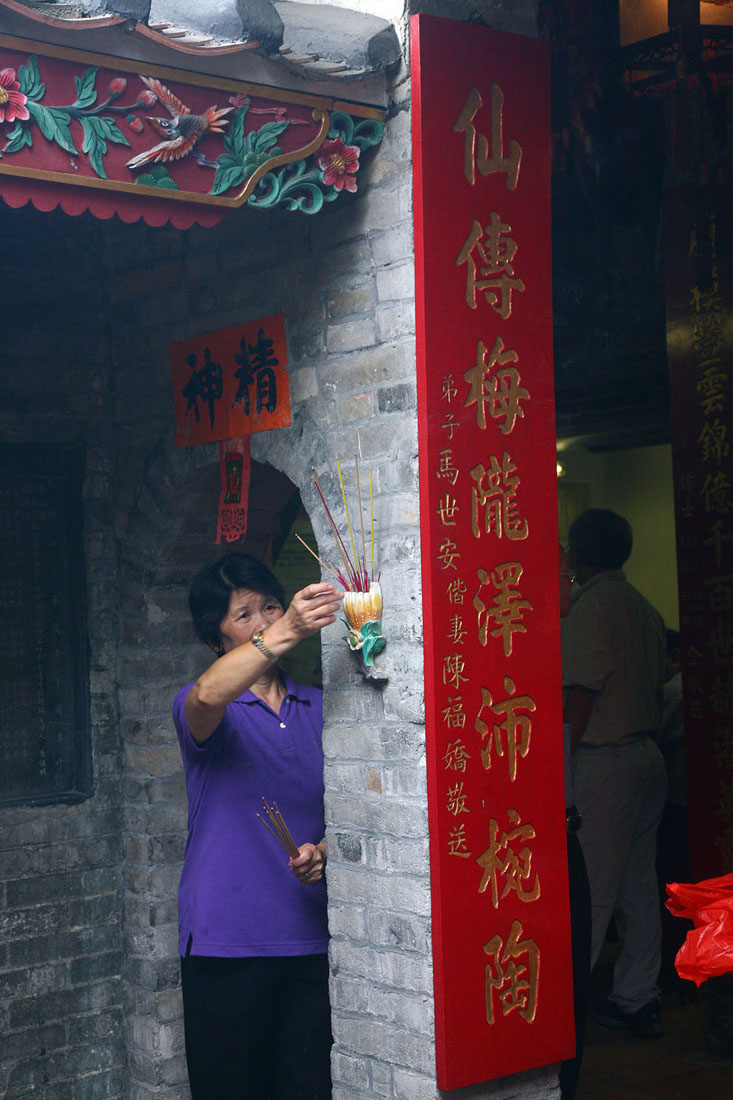-
History & Society
- Education in Pre-war Hong Kong
- History of Taikoo Sugar Refinery
- Hong Kong Products Exhibition
- Local Festivals Around the Year
- Post-war Industries
- Pre-war Industry
- The Hong Kong Jockey Club Archives
- Tin Hau Festival
- Memories We Share: Hong Kong in the 1960s and 1970s
- History in Miniature: The 150th Anniversary of Stamp Issuance in Hong Kong
- A Partnership with the People: KAAA and Post-war Agricultural Hong Kong
- The Oral Legacies (I) - Intangible Cultural Heritage of Hong Kong
- Hong Kong Currency
- Hong Kong, Benevolent City: Tung Wah and the Growth of Chinese Communities
- The Oral Legacies Series II: the Representative List of the Intangible Cultural Heritage of Hong Kong
- Braving the Storm: Hong Kong under Japanese Occupation
- A Century of Fashion: Hong Kong Cheongsam Story
Geography & EnvironmentArt & Culture- Calendar Posters of Kwan Wai-nung
- Festival of Hong Kong
- Ho Sau: Poetic Photography of Daily Life
- Hong Kong Cemetery
- Sketches by Kong Kai-ming
- The Culture of Bamboo Scaffolding
- The Legend of Silk and Wood: A Hong Kong Qin Story
- Journeys of Leung Ping Kwan
- From Soya Bean Milk To Pu'er Tea
- Applauding Hong Kong Pop Legend: Roman Tam
- 他 FASHION 傳奇 EDDIE LAU 她 IMAGE 百變 劉培基
- A Eulogy of Hong Kong Landscape in Painting: The Art of Huang Bore
- Imprint of the Heart: Artistic Journey of Huang Xinbo
- Porcelain and Painting
- A Voice for the Ages, a Master of his Art – A Tribute to Lam Kar Sing
- Memories of Renowned Lyricist: Richard Lam Chun Keung's Manuscripts
- Seal Carving in Lingnan
- Literary Giant - Jin Yong and Louis Cha
Communication & Media- Hong Kong Historical Postcards
- Shaw Brothers’ Movies
- Transcending Space and Time – Early Cinematic Experience of Hong Kong
- Remembrance of the Avant-Garde: Archival Camera Collection
- Down Memory Lane: Movie Theatres of the Olden Days
- 90 Years of Public Service Broadcasting in Hong Kong
- Multifarious Arrays of Weaponry in Hong Kong Cinema
-
History & SocietyGeography & EnvironmentArt & Culture
-
View Oral History RecordsFeatured StoriesAbout Hong Kong Voices
-
Hong Kong MemoryLocal Festivals Around the YearRecently Visited
Fan Sin’s Birthday
-
16th of the 5th Month of the Lunar Calendar
Customs are dynamic, changing with social development. They will embrace prosperity if community members pay much attention to them; otherwise, they will only vanish. Fan Sin’s Birthday is a disappearing festival in Wun Yiu villages of Tai Po. Fan Sin Temple can be found in Wun Yiu only in Hong Kong. Visitors and offerings are scarce during the ordinary days, yet there are still not many worshippers even on 16th of the 5th Lunar Month, Fan Sin’s Birthday.
-
Fan Sin Temple
Located in Sheung Wun Yiu village, Fan Sin Temple is a two-hall structure. It is said that the Fan Tai Sin venerated in the temple was originally three brothers, namely Fan Yilong, Fan Samlong, and Fan Seilong, who were the founders of the ceramic production. The belief was brought in by Hakka Ma clan from Chang Le County (now Wu Hua County) in Guangdong. They purchased the kiln in Wun Yiu from the Man family and expanded the business with advanced management. The 16th generation ancestor of Ma clan, Ma Choi Yun then returned to their home to invite Fan Sin (only one god) to Wun Yiu in order to bless their workers and pray for a smooth porcelain production.
-
The Fan Sin Temple existing today was built in Emperor Qianlong’s reign of Qing Dynasty; the wooden plaque hanging at the main hall of the temple was carved in the Geng-xu year (1790) of Qianlong Emperor’s reign, 200 years from now. The temple is taken care of by people of the ten villages in Wun Yiu, as a declared monument in Hong Kong.
-
Center of Porcelain Production
Wun Yiu was a place for blue and white porcelain production since Ming Dynasty, but was abandoned during the Great Clearance period in Qing Dynasty. After the ban was lifted, Ma family took over the kiln and made their blue and white wares celebrated not only within Hong Kong and Guangdong, but also overseas in Southeast Asia. Due to the fierce competition from good quality and inexpensive porcelain produced by other coastal kilns in Guangdong and the shortage of high quality porcelain clay, the kiln stopped operating in 1932. Villagers worked there all changed their professions. No one produce porcelain there ever after.
-
Ancient Kiln Site
The kiln gradually disappeared under dirt and grasses. Archeologists designated by Regional Council conducted excavation in 1995 and 1999 respectively. Relics illustrating the complete process of porcelain production were discovered, including china clay quarrying pits, water-mills, animal-driven grinders, clay soaking tanks, preform making workshop, dragon kilns, etc., which was extremely rare in the archeology history in China. Therefore, the remains of Wun Yiu Kiln were declared a monument, yet no restoration has been conducted.
-
The Fading of Fan Sin’s Birthday Festival
Though local porcelain industry has declined, the ten villages in Wun Yiu County still celebrated Fan Sin’s Birthday on 16th of the 5th Lunar Month. There was a Guan Di Temple in the neighborhood, where the villagers celebrated Guan Di’s birthday on 13th of the 5th Lunar Month. Since the two gods’ birthdays are so close, they are usually celebrated together with a live Chinese operas and dramas performance for ghosts lasting for 5 days and 4 nights, creating an extremely exciting scene.
However, fewer and fewer villagers participatied in the events. One reason is that some villages in Tai Po were dismantled because of the land acquisition by the government. Many villagers then moved into buildings and stopped donating for the celebration. The performances were cancelled in 1987 due to the lack of money and hands. And, because of the lack of seniors who know the customs, the rituals were getting simpler these years.
-
On the morning of the festival date, only some ten villagers came to celebrate Fan Sin’s Birthday with roast pigs, fruits, and steamed birthday buns. Most of them were from Ma clan in Sheung Wun Yiu village and Ha Wun Yiu village. The fund came from offerings in Fan Sin Temple. The new generation showed little interest in faith of Fan Sin, probably because they were no longer related to porcelain production.
The festival will disappear eventually when the later generations give up celebrating Fan Sin’s Birthday, as a large number of people and lots of money are needed for such an event. Only if the all members of the community make a concerted effort can it be held grandly and lively.
Copyright © 2012 Hong Kong Memory. All rights reserved. -






